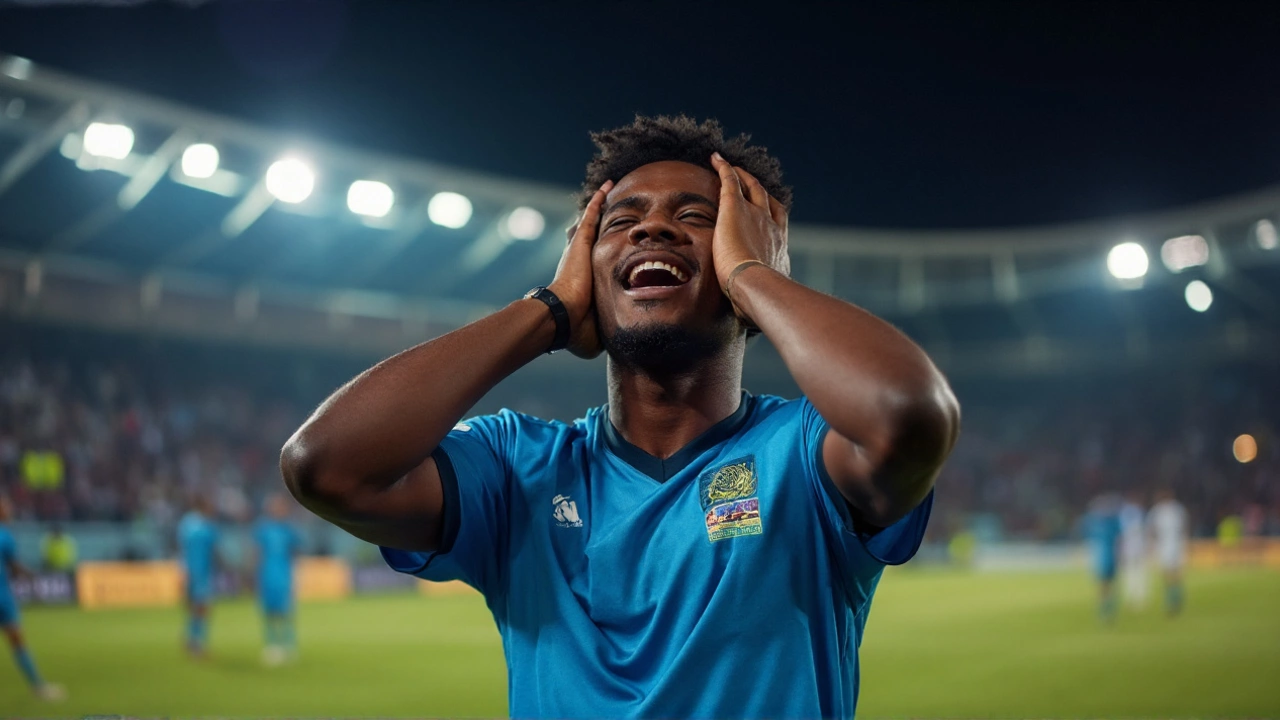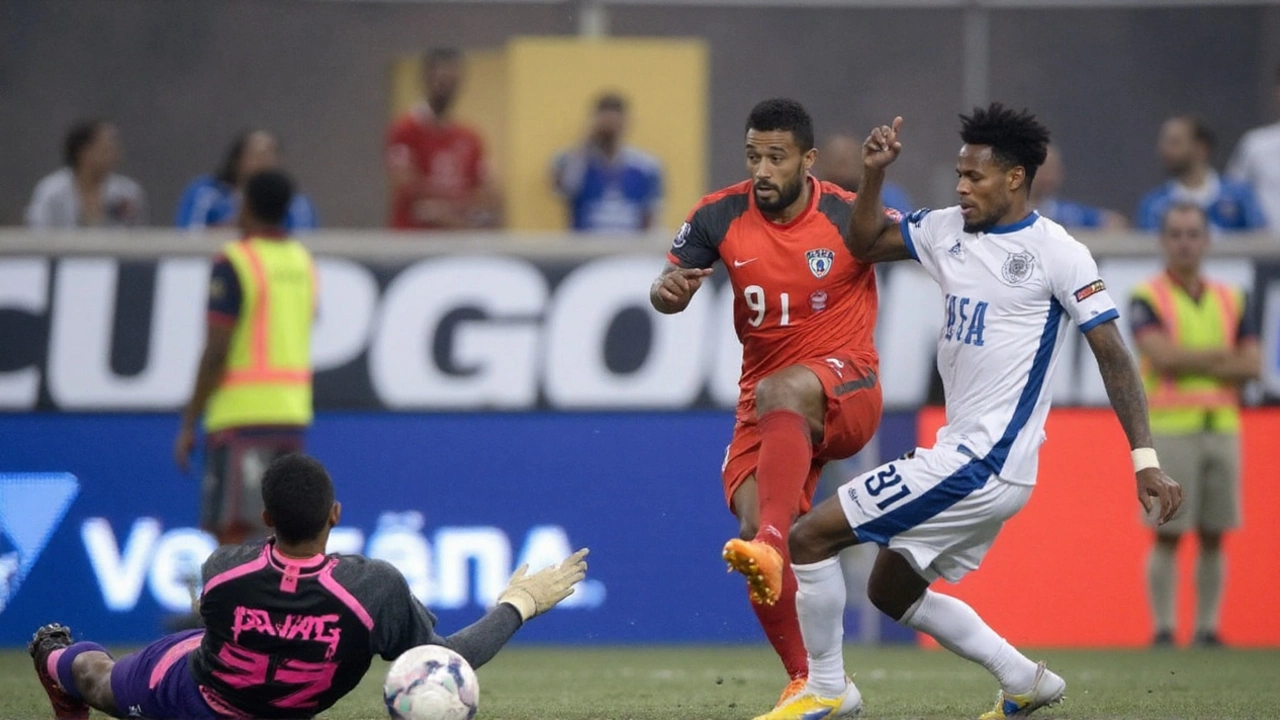Panama breaks the ceiling, Mexico lifts the trophy
That sound you heard in Inglewood wasn’t just a roar. It was a reset. Panama knocked out the three-time defending champions United States to reach their first-ever Nations League final, then pushed Mexico all the way before falling 2-1 at SoFi Stadium on March 23, 2025. Mexico walked away with their first Nations League title. Panama walked away with something different: proof they belong at the top table.
The road there wasn’t simple. The 2024-25 CONCACAF Nations League started in the September FIFA window and rolled through October, with quarter-finals in November and a finals weekend from March 20-23. Four teams—Mexico, Panama, the United States, and Canada—made it to Southern California. One, Mexico, left with silverware. Another, Panama, left having changed the conversation about who can win in this region.
Panama’s semi-final upset over the U.S. was the pivotal moment. It wasn’t a smash-and-grab. It was organized, brave, and stubborn. They squeezed space in midfield, pressed in the right moments, and refused to let the U.S. dictate tempo. It echoed their 2023 Gold Cup semifinal win over the U.S. on penalties, but this time the stakes were higher and the stage was bigger. The message was louder too.
Three days later, Mexico got their own payoff—ending the U.S. stranglehold on this competition and finally lifting a Nations League trophy. Panama made them work for it. The game tilted back and forth, with Panama carrying belief from their semifinal and Mexico leaning on experience and control. The margins were thin, a couple of decisive moments separating the two.

How Panama got here—and why it matters
Call it progress by a thousand small steps. Since Thomas Christiansen took over in 2020, Panama have built an identity around structure, relentlessness, and smart risk. The player pool has matured, mixing seasoned leaders with hungry talent spread across MLS, Europe, and a strengthening domestic league. The result isn’t flashy. It’s effective. And it travels.
Under the 2024-25 format, League A group play launched in early September, continued in October, and set up November quarter-finals seeded by rankings and group results. From there, the pathway tightened: single-leg knockouts, extra time and penalties available if needed. That setup rewards teams that can manage moments. Panama did exactly that—steady in their build-up games, ruthless when it mattered most.
The semifinal with the U.S. turned on details. Panama slowed the American fullbacks, funneled play into traffic, and used quick counters to force the back line into awkward decisions. They didn’t need 60% possession; they needed the right 40%. The United States, used to controlling Nations League nights, couldn’t unlock the game early and then got dragged into a fight Panama was happy to have. Once the momentum flipped, it stayed flipped.
Mexico’s final win was a different kind of test. They were chasing a first title in this competition after watching the U.S. lift three straight. They managed key sequences and took chances when they arrived. For Panama, the lesson was clear: they can survive against the U.S., and they can contend against Mexico. Closing that last inch is the next step.
SoFi Stadium set the stage for all of it. The 70,240-seat venue hosted both semifinals on March 20 and the final on March 23 and is locked in to host the 2025 and 2027 Nations League Finals. It’s a statement from CONCACAF: the finals are an event now, not just a destination. Los Angeles, a 2026 World Cup city, adds the lights, the sound, and the sense of occasion this tournament has been building toward.
For the region, this season felt like a reset. The United States, dominant since the competition launched, were bounced before the final. Mexico reasserted themselves with a trophy that had been missing from their cabinet. And Panama, often hovering in the tier below, showed their ceiling is higher than many assumed. Canada’s presence in the final four, too, keeps the pressure on everyone else to evolve or get left behind.
Panama’s rise isn’t a fluke. The core group is battle-tested. They’ve stacked meaningful matches over the last three years—from a World Cup qualifying push that fell just short to a 2023 Gold Cup final against Mexico that went down to the wire. The continuity matters. Roles are clear. The spine is strong. And when they face bigger budgets and louder crowds, they don’t blink.
There’s also the mental shift. Beating the U.S. on a neutral field, in a semifinal with all eyes on them, changes how a locker room thinks. It changes how opponents prepare. If you’re Mexico, the final shows you can be dragged into a street fight and still find a way to win. If you’re the U.S., the semifinal loss is a mirror. The region has caught up in certain areas, and small margins are no longer automatic.
Zooming out, this edition of the Nations League showed why the format works. It guarantees high-stakes games outside of World Cup qualifying, spreads opportunity, and creates a clear path from September to March that fans can follow. With the finals locked into marquee venues, it also gives players a taste of tournament pressure that feels close to a continental championship.
Key markers from this cycle:
- League A group stage: September 2–10 and October 2024
- Quarter-finals: November 2024, seeded by rankings and group results
- Finals at SoFi Stadium: semifinals on March 20, final on March 23, 2025
- Format: single-leg knockouts with extra time and penalties if needed
- Final four: Mexico, Panama, United States, Canada
- Outcome: Mexico’s first Nations League title; Panama runners-up for the first time
For Panama, what changes now? Expectations. This run will fuel an even sharper focus on execution in big games, especially against Mexico and the U.S., who they could face again in upcoming windows. The staff will look at game-state management—how to turn “in the match” into “in control.” The players will carry the confidence that comes from knocking out the champs. And the federation has a stronger case for investment in youth pathways and facilities.
For Mexico, this title simplifies the narrative after a few years of turbulence. Trophies help. The squad showed resilience, handled the moment, and closed. That matters with a World Cup on the horizon and a calendar that will only get busier. The win also puts the spotlight back on the U.S.—not for dominance, but for answers. How do they create chances against compact, disciplined teams? How do they manage games that don’t flow?
None of this happens in a vacuum. The level across CONCACAF is rising because players are competing in better environments, domestically and abroad. Coaches are more pragmatic, and game plans are sharper. You saw it in the semifinals. You saw it in the final. And you’ll see it again when these teams meet next. The distance between favorites and challengers isn’t a canyon anymore. It’s a crosswalk.
Panama didn’t just reach a final; they forced a rethink. Mexico didn’t just win a trophy; they reopened a rivalry. And in a packed NFL stadium built for spectacle, the Nations League felt like it was stepping into a new phase—one where the names on the bracket matter less than the details on the pitch.
